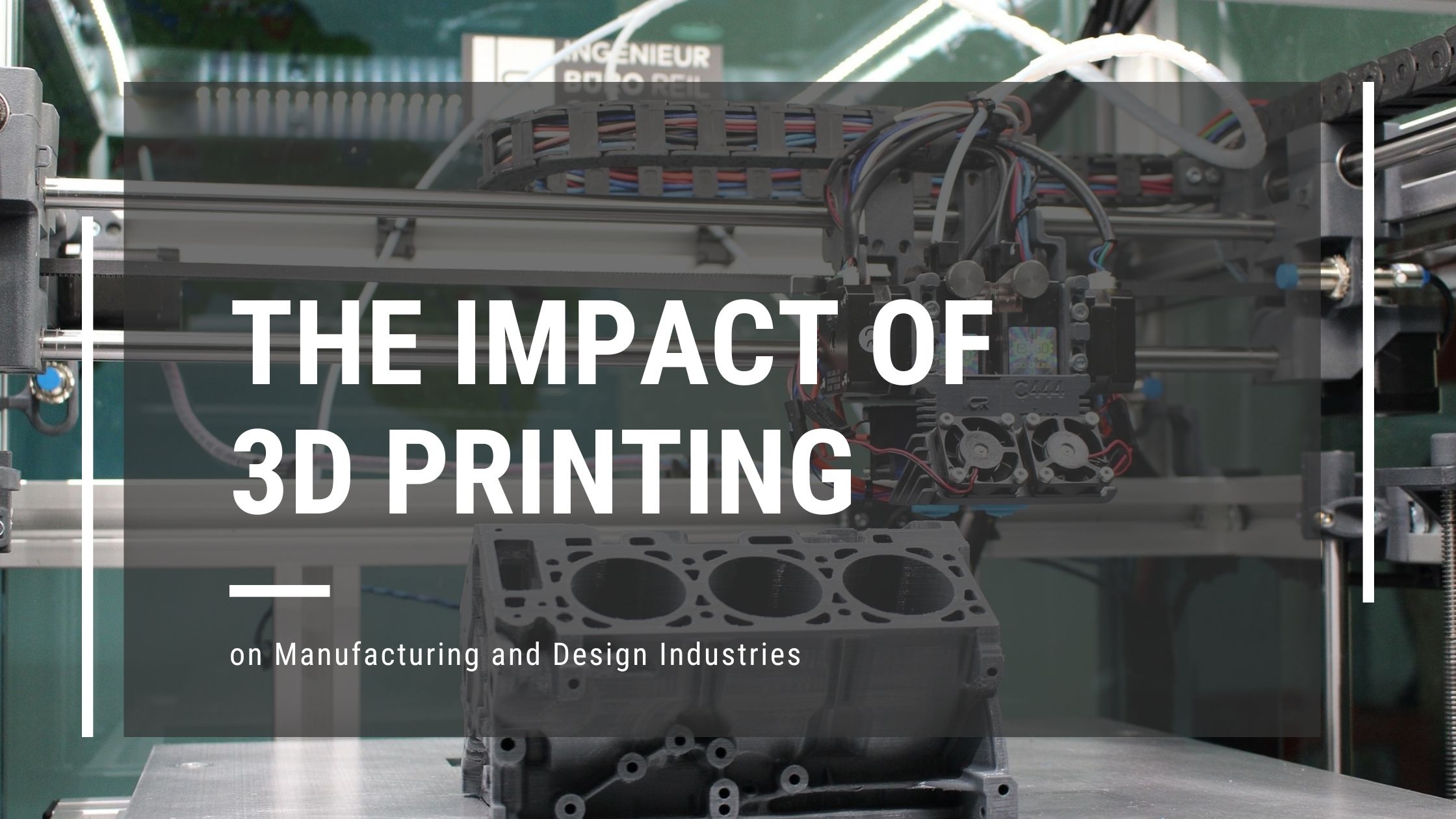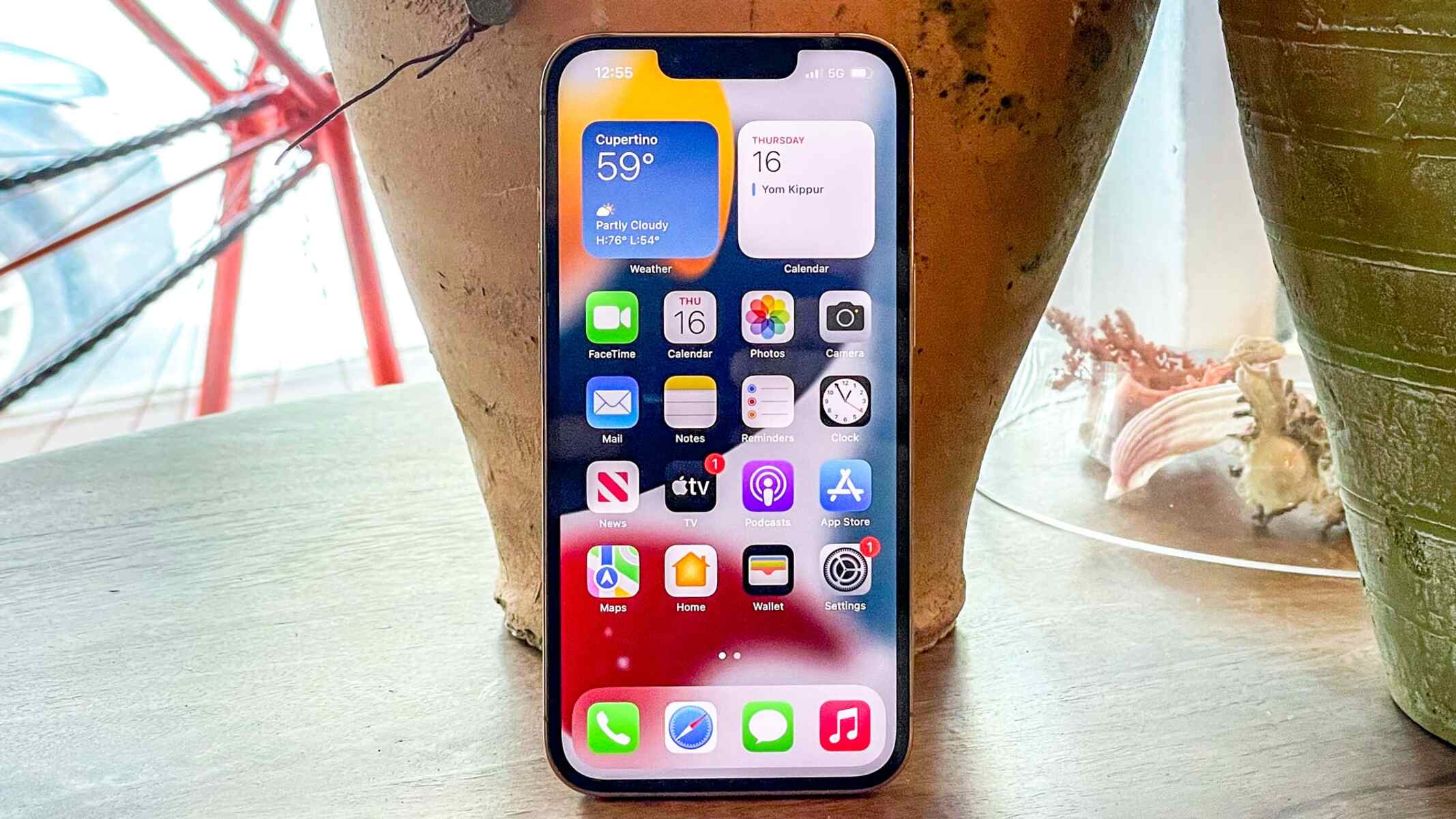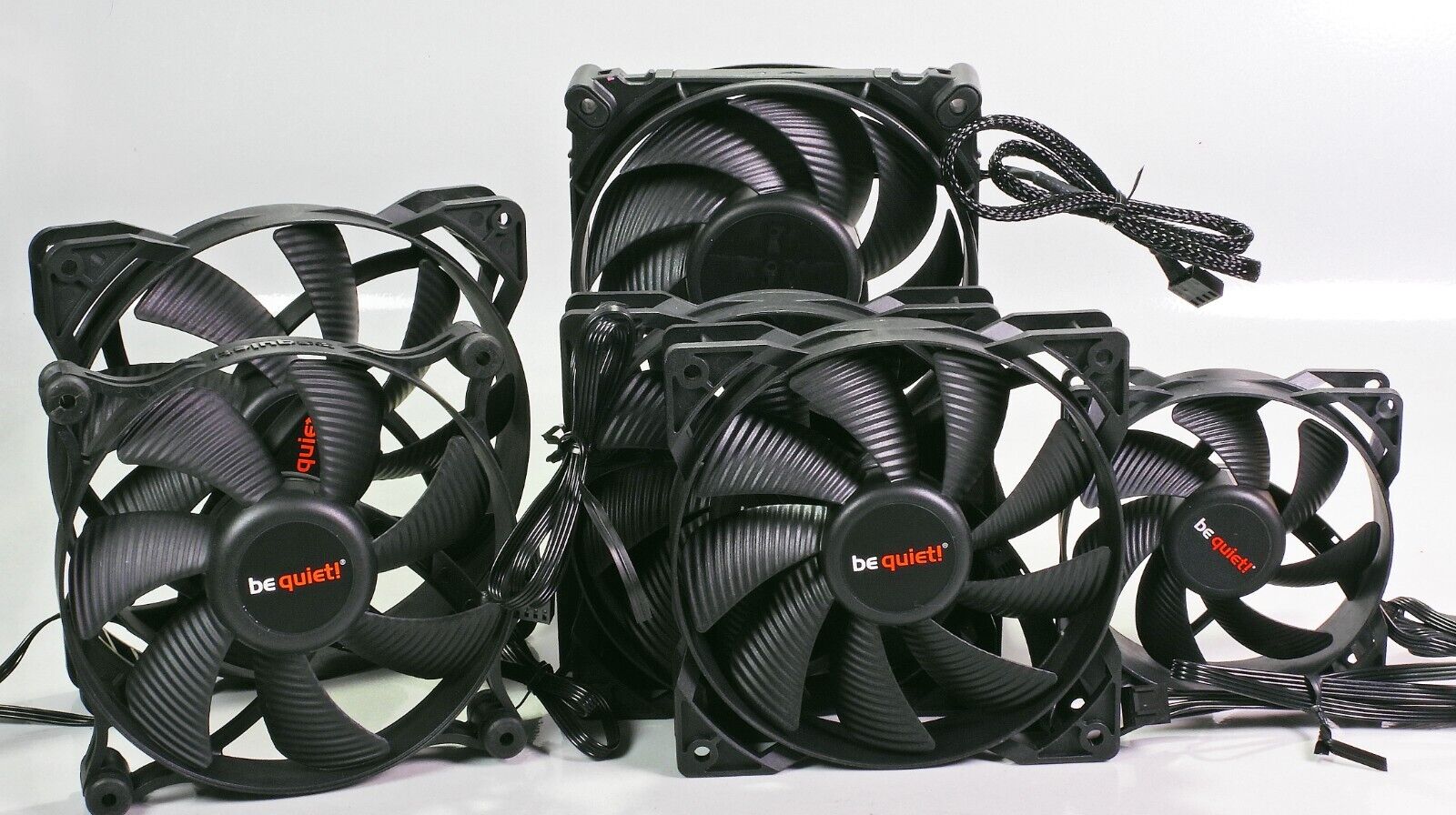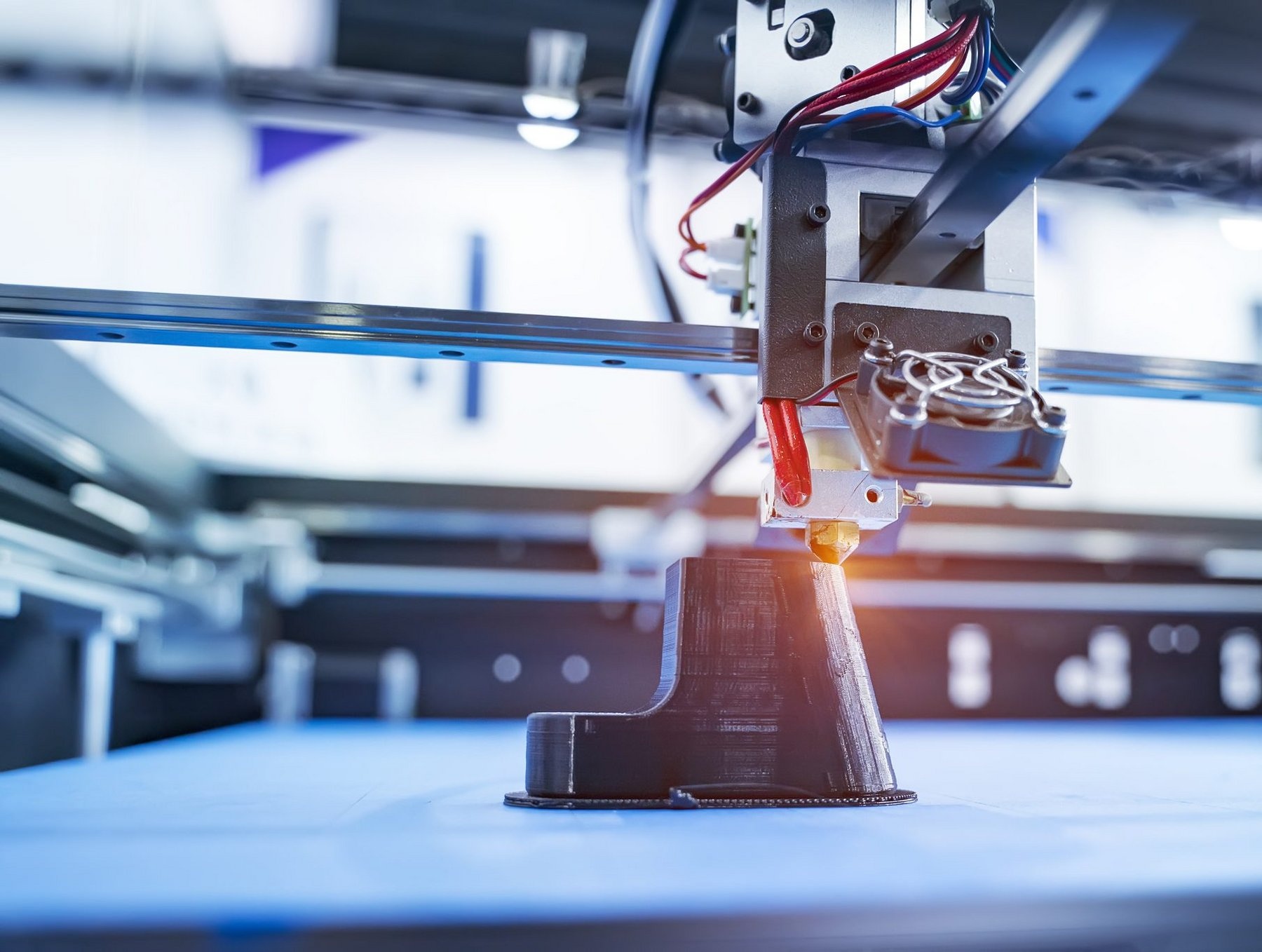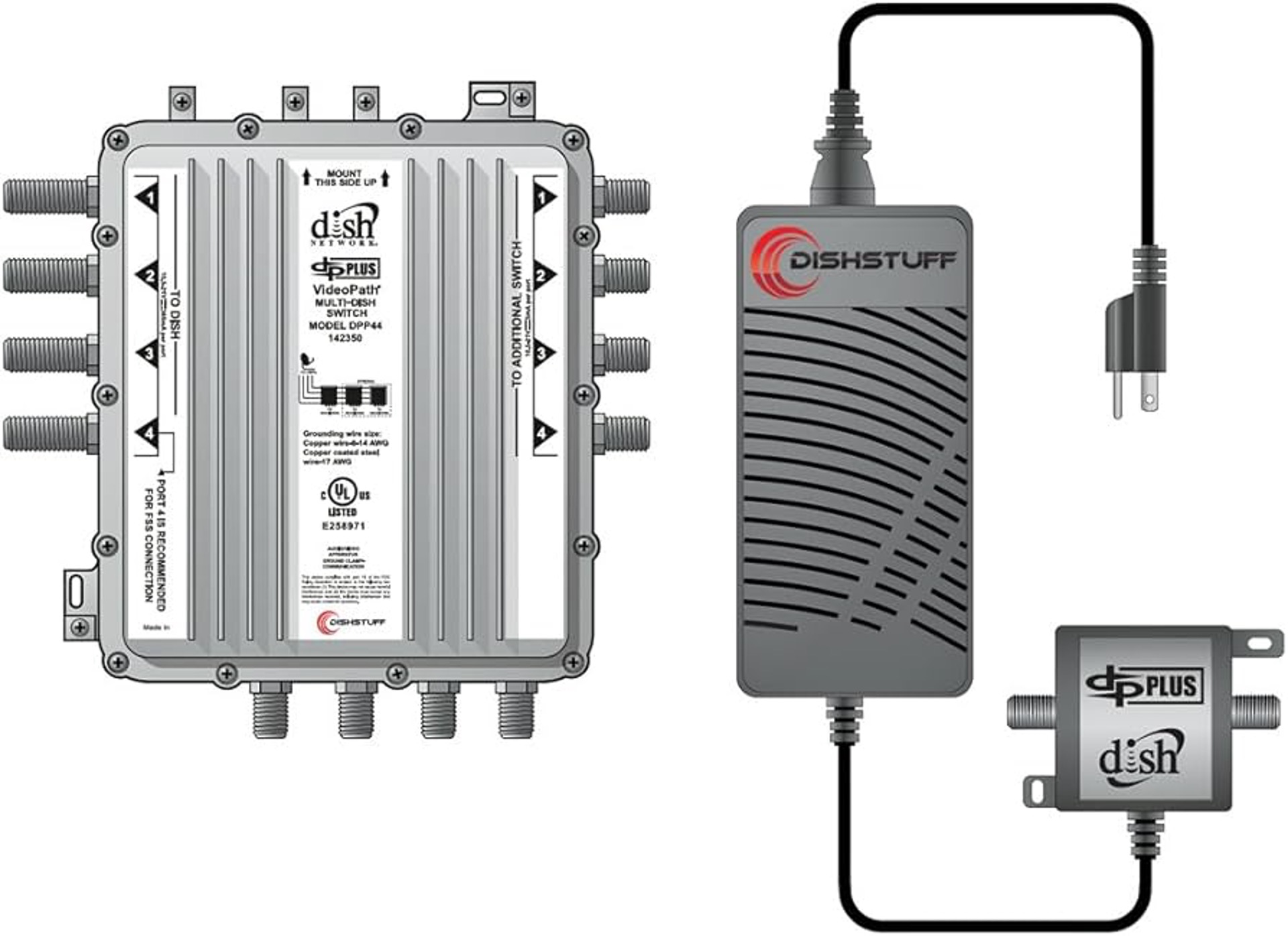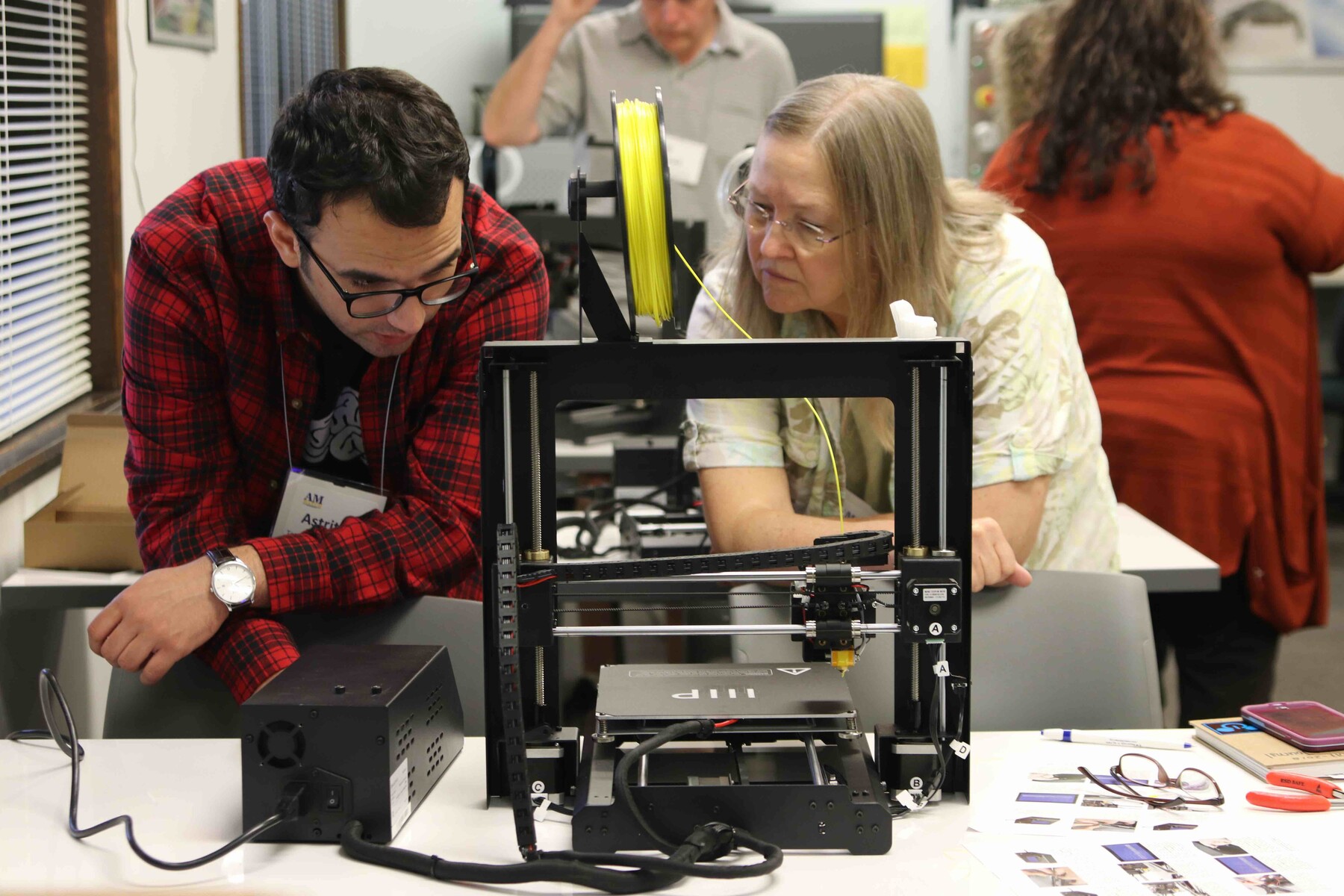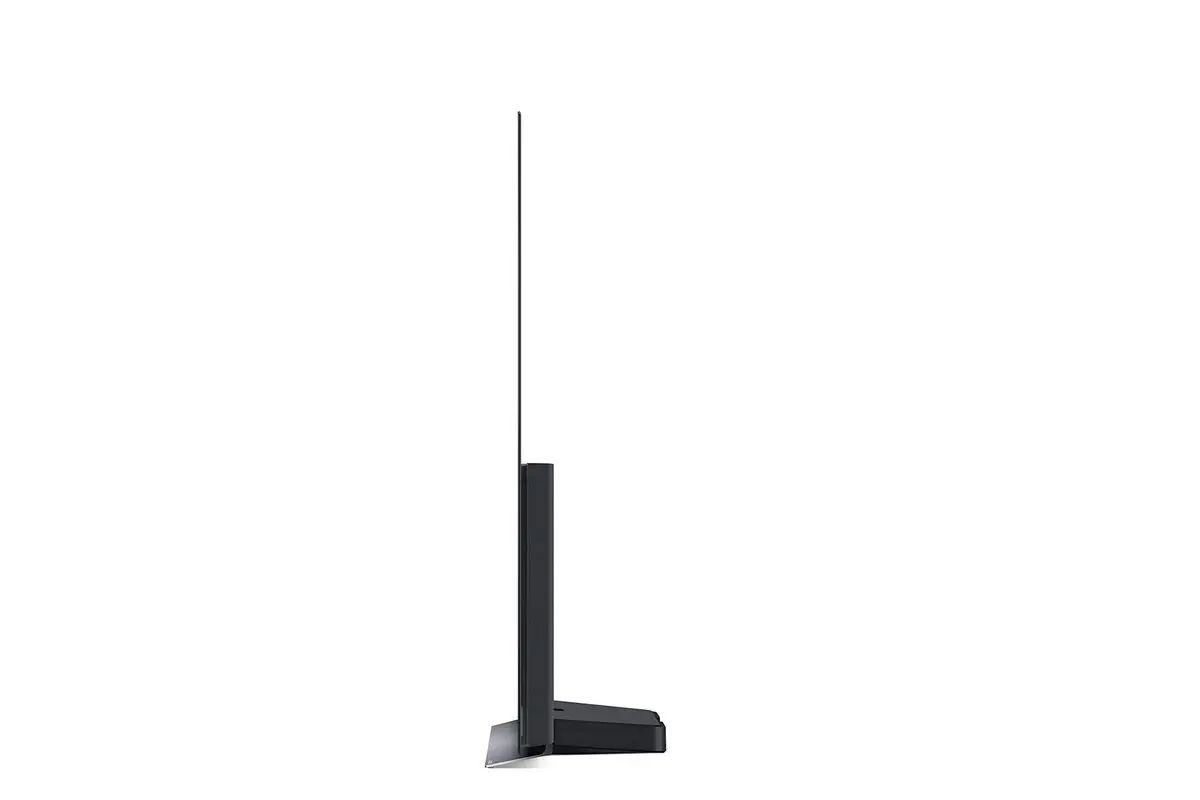Flexible electronics is a cutting-edge trend in microelectronics manufacturing that pushes the envelope of innovation. Smartphones with foldable displays and many other adaptable applications are already known on the market, but what we are already seeing is only the beginning of this revolution.
Designing for flexibility presents unique challenges for new product development. Materials used in this technique must provide high performance by bending, folding, or stretching without breaking, and electrical connections require stability under mechanical stress. Every component used to build devices such as processors, memories, sensors, and antennas must provide flexibility.
How does it work and why is it a hybrid?
Flexible hybrid electronics (FHE) is a type of technology that combines the functionality of conventional electronics with additive manufacturing. Printing of interconnects and some components open a new chapter in technology. Welcome to the forefront of technology, where boundaries are being pushed and possibilities are limitless.
The base for construction is a substrate that must be flexible and allow bending, stretching and adjustment for different applications. Usually, it is a metal or plastic foil that allows it to adapt to geometric constraints and provides stability, lightweight and mechanical performance, and electronic components are placed and attached on its surface.
How are interconnections made?
Interconnections are commonly printed from silver, copper, or gold, but in the future perhaps other conductors will also be viable. However, it is not solid metal. This requires a whole new range of products, which are flexible conductive inks.
Conductive ink
Conductive ink is dispensed through an ultra-narrow flexible nozzle directly onto a pliable substrate to connect electronic equipment. This works like wires, but they are directly dispensed onto the surface and adhered to it. Now the conductive lines follow the shape of the flexible substrate.
XTPL S.A. has developed a revolutionary Ultra Precise Dispensing (UPD) technology that seamlessly integrates into the flexible hybrid electronics industry and future production lines with its remarkable versality and accuracy. It redefines precision dispensing of nanomaterials.
In the end, it works similarly to a regular electronic device in that it uses the same components, but the flexibility of the materials introduces new possibilities in many applications.
Applications
There are broad prospects for applications in various industries, ranging from organic electronics and photovoltaics. This is new for flexible OLED screen manufacturers and creates new types of bendable, shapeable solar panels. Wearables will be one of the most beneficial segments in consumer products, which means new types of devices that adapt to the shape of where they are worn. Healthcare is another area open to innovation – flexible patches for real-time monitoring and data analysis or implantable devices are just some of the applications. Conformability is changing the rules of the game in medical devices and wearables, and lightweighting simply synergizes to support the evolution of these products.
Additive manufacturing is opening the industry to opportunities for personalization like never before.
Conclusion
Flexible hybrid electronics is transforming advanced manufacturing and industry, and UPD technology with ultra-precise dispensing is redesigning this landscape with its complexity and accuracy, generating the future of nanomaterial dispensing. Manufacturing and production scaling with these technologies is evolving all the time, and FHE has great potential to revolutionize a wide range of the electronics sector.









